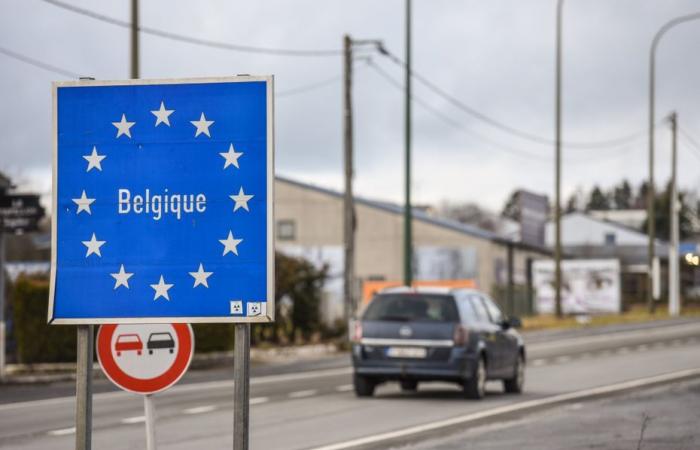
The number of cross-border workers who go to Belgium to work has increased by 30% in Hauts-de-France since 2010, according to an INSEE report, published on November 28, 2024. Which represents only 1.6% of assets, compared to 9% in the Grand Est.
The essentials of the day: our exclusive selection
Every day, our editorial team reserves the best regional news for you. A selection just for you, to stay in touch with your regions.
France Télévisions uses your email address to send you the newsletter “Today’s essentials: our exclusive selection”. You can unsubscribe at any time via the link at the bottom of this newsletter. Our privacy policy
INSEE has just published, on November 28, 2024, a national survey on cross-border workers residing in France, based on the 2021 census. A zoom is carried out on each region; one concerns Hauts-de-France. These cross-border workers who work in Belgium mainly reside in the North. What should we remember from this publication?
The main information concerns the number of cross-border workers in the region: there are 36,000. A figure up 30% compared to 2010. That is 7,800 more people crossing the border for professional reasons. The majority of them live in the Nord department, closest to the border.
Of the total assets in the region, this represents only 1.6%. Far behind the Grand-Est (9%) or Auvergne-Rhône-Alpes (4%). “This is explained by the fact that links with Luxembourg, Switzerland or Germany are more important on the issue of cross-border worker flows,” explains Thibault Decruyenaere, deputy regional director of INSEE.
Nearly a third of these workers (10,500 people) live in the Roubaix and Tourcoing area. There are 6,700 in Valenciennes, 6,600 in Lille, 6,200 in Maubeuge. In the opposite flow, the Belgians who come to work in the region, mainly executives, are four times fewer in number.
Infographic created based on data from INSEE Hauts-de-France.
•
© France Télévisions/Insee data
Another lesson from this study is that the cross-border worker makes an average journey of around 40 km to get to work, compared to 15 km for a worker who remains in France. A trip made by car for almost all people (96%, compared to 80% for non-border residents). “As a result, the cross-border commuter has a carbon impact twice as high as the average,” observe Thibault Decruyenaere.
The use of public transport is therefore almost non-existent. With one exception, for Lille executives, 17% of whom travel to Belgium by public transport, in particular thanks to the existence of TER train lines to Tournai for example or the TGV between Lille and Brussels.
The predominance of car use is explained by the “long travel time”, by a “lack of public transport network”but also by the typology of cross-border workers. In fact, half of them are workers, subject to staggered hours, which are difficult to reconcile with public transport.
On the Belgian side, four districts receive two thirds of the flows. Firstly, the Tournai-Mouscron area which alone accommodates 11,300 people. Then arrive the localities of Kortrijk (4,800), Mons (4,700) and Ypres (2,700).





